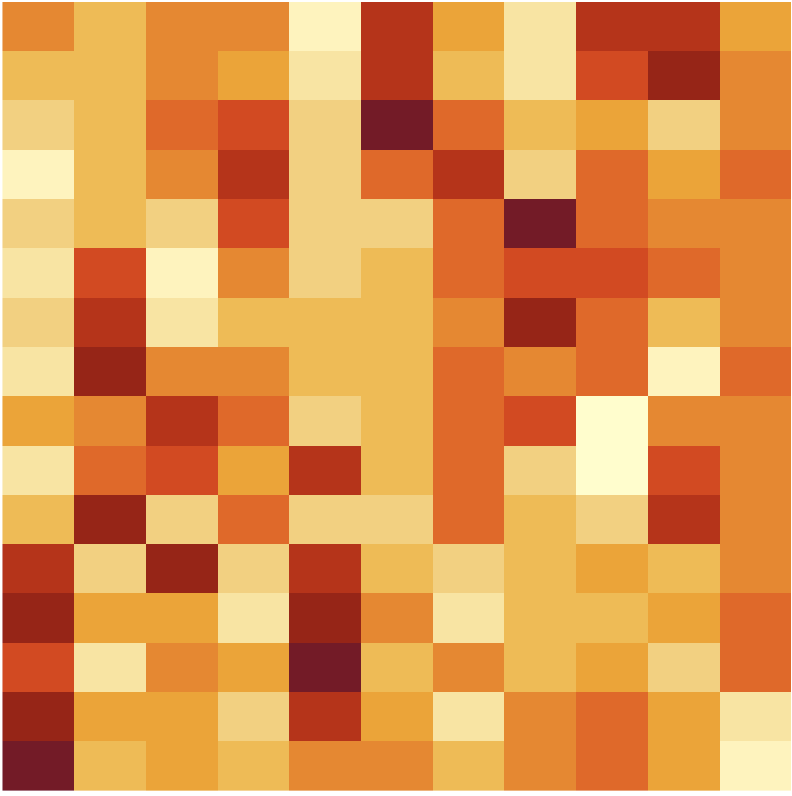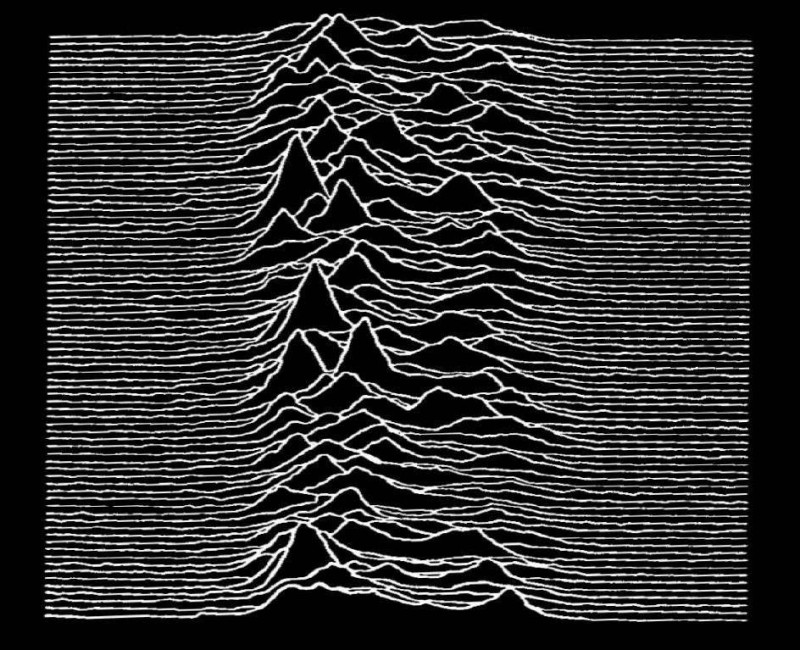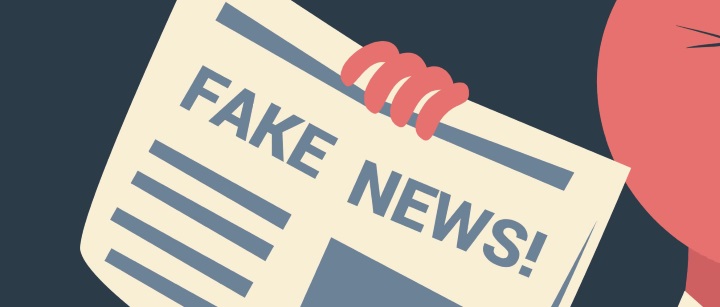Venkat Somala
Thank you for visiting my website! I am a recent Economics graduate with minors in Statistics and Philosophy from Macalester College interested in utilizing data to help drive insights and decisions. Feel free to reach out for a chat!
Thank you for visiting my website! I am a recent Economics graduate with minors in Statistics and Philosophy from Macalester College interested in utilizing data to help drive insights and decisions. Feel free to reach out for a chat!
Performed ETL and analyzed large, enterprise claims datasets with multi-million rows using SQL to estimate how much our core product ‘Rally Find Price Care’ is saving consumers. Built a recursive algorithm and used NLP ML methods in Python to tag 30 million health searches with categories, which enabled a segmented analysis into the user value generated
Spearheaded analysis to model the impact/value our portfolio offerings had for our top 75 clients. Identified key metrics driving growth and built dashboards in Amplitude on our “Value Story” and presented findings to leadership.
Contributed to a Provider Recommendation product feature. Defined the requirements/scope of the project, gathered data, established metrics, and helped build a PCA model to perform unsupervised clustering with 3 data scientists
Project Access is a global non-profit startup fighting for equal access to top universities. We help underprivileged students apply for, gain admission to and succeed at top universities – for students, by students and forever free of charge
Lead a team of 3 analysts to leverage data from surveys and proprietary admissions data from partner universities to model the impact our program, curriculum, and mentors have on successful college placements for our mentees. Analysis results in an annual ‘Impact Report’ that is used to secure funding, partner with universities and dictate product direction
Optimized mentor-mentee matching algorithm after collecting feedback from mentees on the most important factors when creating a match. New algorithm increased average match retention rate after 3 months by 22%
Interviewed hospital-client stakeholders and patient users to understand their pain points with CR during COVID. Identified key pain points to be hospitals’ inability to track patient progress remotely and patient’s confusion using app functions. Wrote R scripts using patient-exercise data to create reports, which hospitals used to track their patients’ progress
Created a report for hospitals recommending which factors to improve on and measured impact of changes by tracking patient engagement levels and health metrics such as BP. Resulted in upto 60% increase in rehab program’s effectiveness.
Re-designed app with front-end engineer to cut auxiliary features, increase text and button size, and utilize colors more to emphasize functions. Changes were made to better cater to our users who are generally older and less familiar with tech
Developed financial models for a hybrid cardiac-rehab solution that combines home based cardiac-rehab with the current model of in-person, class based care. Built models for self-pay and reimbursement cases
Led feedback collection and analysis of the MVP release of our platform. Interviewed 20 pilot users to estimate user retention rates and understand which features of our platform were being used the most. Combined interview findings with user-interaction data to find that users were utilizing auxiliary rather than core features of the platform
Iterated through a few versions of the product design with the engineering team to re-prioritize core features, which led to a 35% increase in the usage of the platform’s core function and reduced navigation path lengths by ~40%
Configured and ran through a demo of our MVP offering finance company SoFi. Developed and presented use cases to SoFi Information Security leadership, which led to a 2 year contract with SoFi worth $4 MM
Conducted interviews and used digital surveys to gather data on how the new, rising, Black middle class in South Africa spent their disposable income. Focused on what their priorities were, how they invested their resources, and viewed the future in order to gain insight into how to tailor/market products targeted for the new Black middle class
Analyzed both quantitative and qualitative from 400 family interviews and 2000 surveys and segmented the data based on variations in race, income, geography, and age to identify key patterns
Lead a statistical project to identify a market-competitive pricing point for our offering using a data set of over 200 cellular data plans. Resulted in a 30% or ~$12MM increase in revenue for the offering
Built pitch decks and helped construct our financial runway for the next year with current funding and engaged with investors and clients throughout our Seed+ funding round, which was oversubscribed to $5.5 MM
Collaborated with the Intel IoT team went to the Intel main campus in Portland with the heads of the engineering team to setup, configure, and run the Xaptum product testbed, which is a demo of our software for strong prospective clients to run their data traffic through. Presented Xaptum use cases to the IoT team at Intel
Findings: The two variables I focused on were NMS’ export dependence on the EU and NMS’ industry specialization. My results showed that New Member States responded to the treatment of being in the EU by becoming more dependent as an exporter on the EU markets and also became more specialized in labor intensive rather than capital intensive industries. The increased dependence on the EU creates opportunities and also has drawbacks. On the one hand, NMS can piggyback on the growth of the EU and foster growth through channels like spillover effects, FDI, and increased trade. On the other hand, being more dependent on the EU and participating more in the Global Value Chain network leaves the NMS more sensitive to global shocks and seemingly distant regional shocks in the world. Specializing in labor intensive industries also keeps them in a vulnerable position of relying on a comparative advantage in labor, which historically has been one that is unreliable in the long run.


Predicting Airbnb Prices Using Machine Learning. The ultimate goal of our analysis is to build a predictive model of price and to understand the listing features with which this might be associated. Some features used to model price are square feet, number of bedrooms, number of bathrooms, neighborhood, property type and more. I used KNN algorithm and the Lasso model to build the model.

Can we predict a song's genre based on its acoustic properties and the year it was made? I used the same dataset gathered from Spotify API to build a machine learning model that guesses a song’s genre based on its properties and artist information. I try a few different techniques and talk through the benefits and drawbacks of each.

What makes a song popular? Can we predict a song’s popularity base only on its acoustic properties (eg: how fast it is, how loud it is, etc)? To answer these questions, we’ll analyze a sample of 10,000 songs that play on Spotify. Along with the popularity of each song, the music data set contains lots of acoustic variables. Using these variables, we use ML techniques to model popularity.

We built an algorithm that automatically flags incoming news stories as “fake” or “real” based on the following information; title, contents, authors, sources, and the URL of the article. Using 182 articles from 2016 flagged “fake” or “real”, we first made 15 predictor variables from the information to build the model. In this process, we used function to read the texts and detect the sentiment of the words in the texts. Next, we used LASSO to select the variables to include in the model.

Using Machine Learning Algorithms to Cluster Similar Candies. We explore similarities among different **candies** with respect to a variety of features.
🏄♂️ I enjoy playing basketball, soccer, and surfing. My stepback three isn't too bad so I'd watch out :)
🏔️ Recently, I've gotten into mountaineering. This past winter, I trekked the Annapurna range and made it to the Base Camp, which is over 4000 meters or 13,550 feet above sea level. Accompanied by a professional guide, the trek took a total of seven days over which I became close with my guide and still call every month or two!
🏺 A year ago, I started getting back into ceramics. Previously, I'd only had experience throwing on the wheel and was eager to learn different methods. While abroad in South Africa, I had the opportunity to work at a ceramics studio in a cultural center. I shadowed the technicians at the studio and learned how to create mold plasters, shape the clay mold, fire the clay in a klin, and finally paint and glaze the piece.
📻 This past year, I created and hosted a radio show with my friend, Daijiro Yokota, aimed at sharing and educating listeners on music from different cultures. Every week, an international student from our school would join the show and showcase music from their culture, explain the role music plays, and share personal stories.
📽️ I'm currently working on a short video documentary project about Artists working in Guga S'thebe, an Arts and Cultural center in the Langa Township, South Africa. The documentary is aimed at capturing the artist's vision, motivation, perspective, and how the space/art has empowered them. As the country with the highest economic disparities, South Africa holds two extremely different, seemingly contradictory realities. Even though apartheid ended 25 years ago, South Africa remains nearly just as geographically segregated and economically divided, with promised reparations yet to be delivered. Black South Africans may be politically liberated, but for many the effects of structural racism and the lack of economic opportunities reinforce the same level of oppression. However, many disadvantaged communities are not complacent, but rather are using the power of entrepreneurship, community, and education to empower themselves and uplift their communities. In Langa Township, I met Anele. Anele created the Jeanius Platform, an organization aimed at providing the younger generation in townships the resources and opportunities to pursue art. During apartheid, art was a prominent form of protest and resistance. Today, it continues to serve as a major platform for expression and an unwavering fight against injustice.